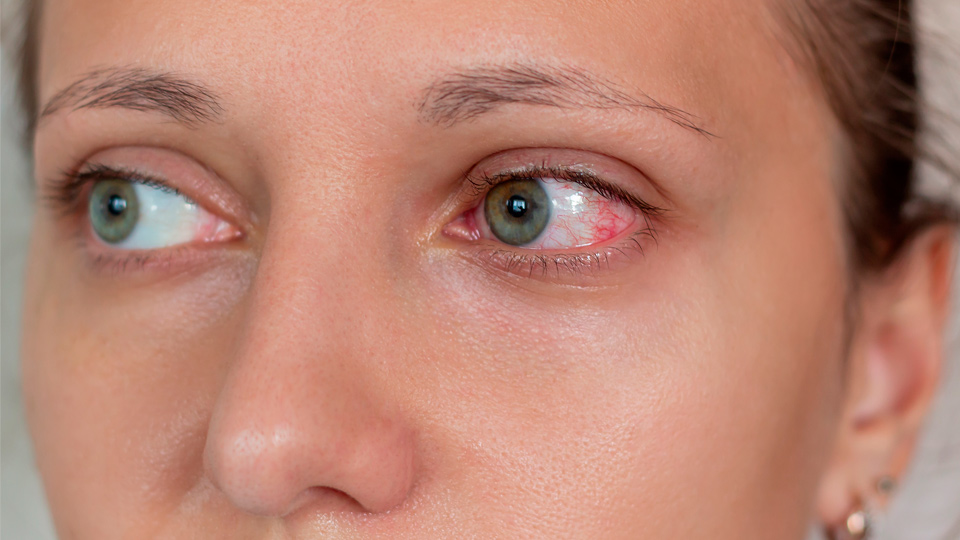How often should you have an eye check-up?
10/07/2025

07/10/2024
Keratitis is an inflammation of the cornea, the transparent front part of the eye. This condition can be caused by infections, non-infectious inflammations, prolonged use of contact lenses, ocular surface disorders such as dry eye, or autoimmune diseases. Keratitis can range from mild to severe and, if not treated properly, can lead to serious complications, including vision loss.
Types of Keratitis
Infectious
Non-infectious
Symptoms
Treatment
Treatment for keratitis depends on the underlying cause, which is why obtaining an accurate diagnosis is important. For bacterial keratitis, specific antibiotic eye drops will be prescribed based on the bacteria identified. In viral keratitis, antivirals are used, and for fungal keratitis, antifungal eye drops are prescribed. Parasitic keratitis is treated with specific antimicrobial agents. In non-infectious keratitis, resting the eyes, using lubricating eye drops, and discontinuing contact lens use if necessary are recommended. In some cases, treatment with antibiotics or antifungals may also be required to prevent secondary infections.
In addition to following the appropriate treatment, it is important to prevent keratitis by following general guidelines, such as maintaining good hygiene and using eye protection in environments with intense UV exposure. Proper use of contact lenses, without overuse, is essential to reduce the risk of keratitis. If keratitis occurs, it's important to avoid self-medication and consult an ophthalmologist early, especially in the presence of eye pain, redness, vision changes, or a visible spot on the cornea.
Dr. Victor Charoenrook, ophthalmologist at the Barraquer Ophthalmology Centre